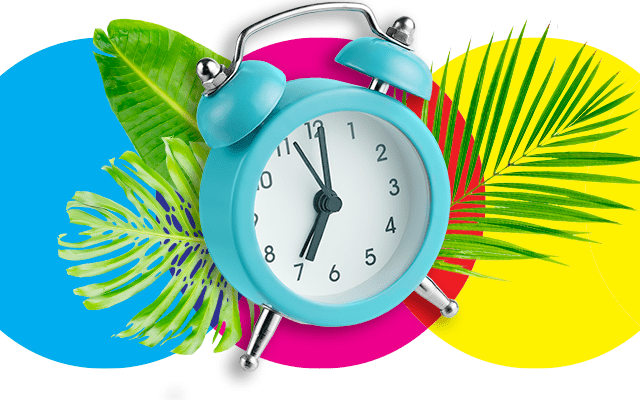Barcodes are indispensable if you are selling a product in any significant quantities. They allow your products to be properly accounted for throughout their travels in the supply chain and on the retail shelf. If you have a new product and are asking yourself whether you should use UPC, EAN, Code128 or ITF, the following is a quick guide that illustrates the main differences between these most popular codes and how to get them.
The answer to the title question starts with a question: will you be needing this code for your internal use, supply chain,transportation and warehousing or for retail (selling a product on the shelf)?
Barcodes for internal use and transportation
If your intention is to use the code for your warehousing and transportation and that the items that you want to identify won’t be sold on the retail shelf, (such as industrial products, for example) then ITF or Code128 barcode could be appropriate, depending on the situation.
ITF barcodes
ITF (which stands for Interleaved Two of Five), is mostly used to label packaging materials (secondary packaging), in its ITF-14 variant. Its code also encompasses the unique product number of the items inside the packaging (UPC. See “UPC” below), provided they are all the same. For example, a case of shampoo: the 14-digit ITF code would also include the 5 digit product number of that particular shampoo. The advantage of the ITF code is that it can be well-read even if it is printed on corrugated cardboard.
Also, it is possible to use an ITF code without it being related to UPC code. This is useful when you need to print on cardboard or other porous materials for internal use. In this particular case, ITF would be a better choice than code 128.
Code128 barcodes
Code128 gets its name from the amount of characters in the ASCII character set. The code can use any character in the set, therefore it can convey a great variety of information. In fact, code 128 is the basis for identification standards such as GS1-128, which allows the encoding of variable information. This information can include weight, serial number, lot number etc. It is used frequently in the food industry. Code128 is used mostly in the logistics and shipping industries. These codes are compact and require a high-quality label.
Retail barcodes
If the item you want to identify is to be sold on the store shelf (Point Of Sale), then UPC would be the code to use. If your company is operating out of Europe then EAN would be appropriate.
UPC barcodes
The first barcode to be developed, UPC remains universally recognized and used for consumer goods throughout the world. It is also used in the supply-chain.
EAN
EAN is almost identical to UPC except that was created to be used by companies operating out of Europe. If your company is in Europe, you will be issued an EAN code. In North America, we get UPC. Both EAN and UPC are recognised everywhere, however.
How to obtain a Barcode
For UPC codes (and likewise with ITF-14) as well as EAN, you must apply to get a company prefix and product code. You need to submit your request to the non-profit organization that was created to manage them: GS1. It is also possible to obtain UPC codes from “UPC code resellers” and use them legally, but the company code used in your UPC would then be theirs, not yours. This could, for example, keep you from being able to sell your products at large retailers. It isn’t worth the money you would save and we don’t recommend it.
The experts at IMS can help you with all aspects of using barcodes. We’ll help you select the appropriate barcode type, choose an appropriate label and choose a printing method. We can also help you set up a data capture system using barcodes. We’ll provide you with the necessary equipment and support to run such a system. If you have any questions about barcodes, contact us!







